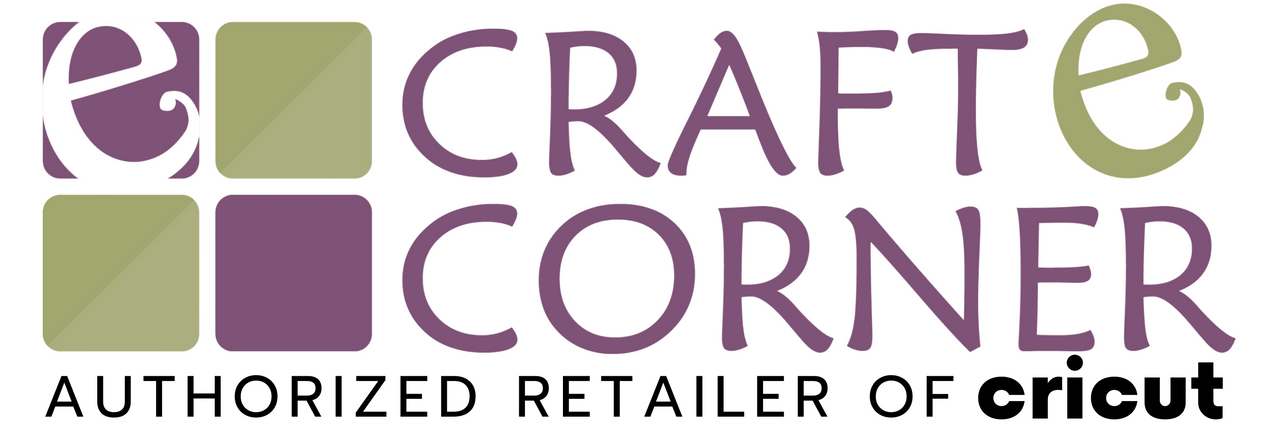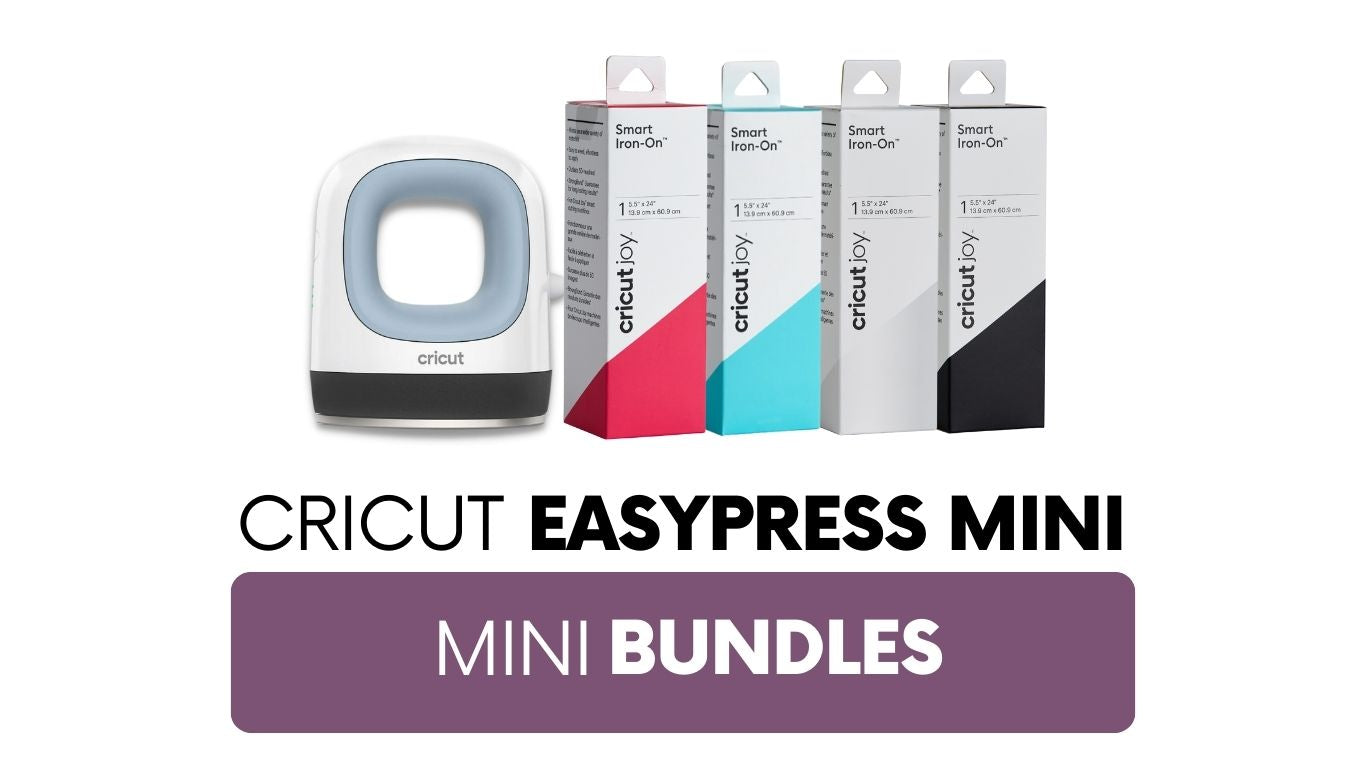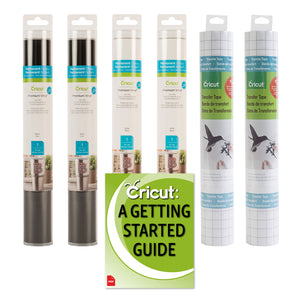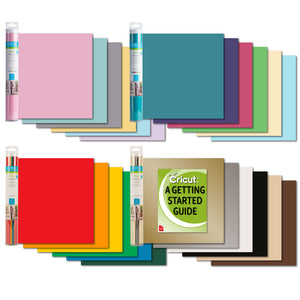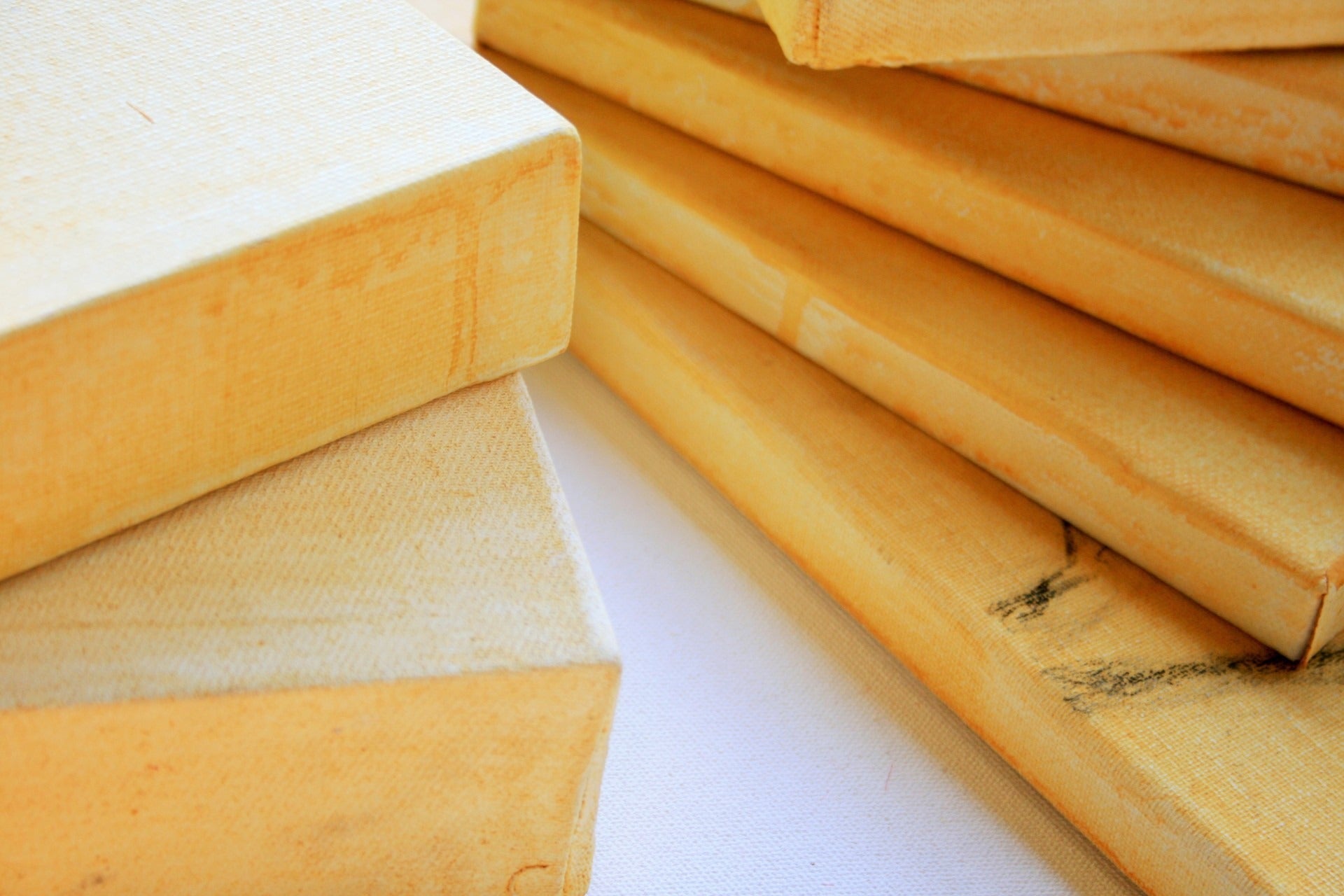
Before You Paint: The Right Surface for Your Paint Project
Art departments offer a dizzyingly wide assortment of surfaces to paint on. Which of these is the right one for your project? How do you ready your support to give you the best and longest-lasting results? Explore the answers to these questions with this guide to surfaces for oil, acrylic, and watercolor paints.

Canvas
Canvas is undoubtedly the most popular surface choice for oil and acrylic painters. Canvas is a woven fabric made from cotton or linen. Most common canvas is cotton. Linen is a more expensive canvas material valued for its smoothness and durability. Watercolor painters do not usually favor canvas because it lacks the absorbency needed for this medium. Canvas can, however, be adapted for use with watercolors by the addition of a watercolor ground.
You can get rolls of canvas and create your own painting surfaces. However, for convenience, already mounted canvas is readily available. These are known as stretched canvases; the canvas has been stretched over and around a wooden frame, wrapped to the back, and secured in place. More expensive stretched canvases feature heavier weight canvas, better priming, and higher-grade wood in the frame.
Stretched canvas is available in a wide array of sizes. You’ll find that height and width dimensions often mirror traditional photo sizing such as 4×6 in., 5×7 in, 8×10 in, and 11×14 in. However, square and longer (oblong) rectangles are also popular choices. Ovals and circles are a few of the special-shaped canvases available for painters.
In addition to height and width, the depth of stretched canvas also varies. Thin-edged canvas (approximately .75 in) is known as traditional canvas. Canvas with deep edges (approximately 1 in. or more) is known as gallery-wrapped canvas. Select a traditional stretched canvas if you plan to frame your work. In contrast, the edges of gallery-wrapped canvases are intended to be painted and the edges incorporated into the overall work.


Canvas is also available as a canvas panel or canvas pad. Canvas panels are primed canvas mounted to cardboard. These are available in a range of sizes that correspond to the sizing of small and medium stretched canvas. Canvas panels are suitable for hobby artists but are not considered archival for professional work. They can absorb moisture and deform over a long period of time. Canvas pads look like other artist pads but contain primed canvas sheets instead of paper. You may run into a product known as canvas paper, but this is paper created with a texture that mimic canvas and not canvas itself.


Wood
Wood panels are also popular surfaces for painting. Wood is a better choice than flexible stretched canvas for painters who like to incorporate additional media (like collage) into their work. Wood also stands up better to painting techniques that include de-construction techniques – adding then removing paint using water or alcohol, scraping, and sanding. You can buy wood panels with or without sides and priming. Wood panels with sides are known as cradled panels. Raw wood should be sealed before painting both to protect the paint from substances migrating from the wood into the paint and to protect the wood from the paint (especially the oil in oil paint).

Paper
Paper is the surface of choice for most watercolor painters. Watercolor paper can be made by hand or by machine. Machine-made papers are made with or without molds. The fibers in handmade watercolor paper are distributed randomly, making the paper very strong. Handmade papers have 4 deckled or irregular edges because of the handmade process. These are the most expensive types of watercolor papers available. Molded papers share some of these qualities and can be recognized by 2 deckled edges. By contrast, fibers in machine-made papers (without molds) all lie in the same direction. This fiber orientation makes these papers weaker than the other types. These papers are the least expensive to make and buy.
Machine-made papers are available in 3 types – rough, cold-pressed, and hot-pressed. The key difference between these types is the smoothness or “tooth” of the paper surface. Rough paper has the most texture and hot-pressed has the smoothest surface. Cold-pressed falls in between these two extremes and is the more versatile option for watercolor painters because it is appropriate for large areas of wash as well as small detail work.


Paper can also be used with acrylic paint. The main considerations in selecting paper for this purpose includes durability and weight. One hundred forty-pound or more (140 lb. or 300 gsm) paper made from cotton pulp (marked 100% cotton) is a good choice for handling the wetness of acrylic paint. When shopping, look for paper marked for wet media if you want to use it with acrylic paints.


Preparing Canvas or Wood Surfaces
The purpose of preparing canvas and wood surfaces with a primer is three-fold. Primer seals and protect the surface. Oil paints, for example, can rot canvas fabric if applied to an unprimed surface. Primer conserves your more expensive paints by making the surface less absorbent. While you can technically paint with acrylic paint on unprimed canvas, more paint will be required. Finally, primer creates a surface to which paint can bind more effectively.
Artists use a primer called gesso. The word gesso comes from the Greek word for chalk. Traditional artist’s gesso was made from an animal glue binder (usually rabbit-skin glue), chalk, and white pigment. Today, however, priming canvas or wood using gesso is very easy. Modern acrylic gesso is not really gesso at all but a mix of calcium carbonate with an acrylic polymer medium latex. Acrylic gesso has an “open” surface that will accept both acrylic and oil paints. Most stretched canvases and many cradled wood panels are already coated with gesso and ready to use with paint.
Acrylic gesso is typically white in color, but also available in black, clear and some colors. You can buy gesso in bottles, jars, and even spray forms. It can be applied straight from the container or diluted with a small amount of water. Like paints, it is available in student and artist-grades and a variety of consistencies from thin to thick.


Directions
- Stir the contents of your container. You can use gesso directly from the container or, for the smoothest application, place a small amount in a dish and thin with a bit of water.
- Apply gesso to your surface using a wide flat brush, brushing in one direction across the canvas. Cover the entire canvas including the sides. Allow to dry.
- Apply a second coat of gesso with the brush, this time brushing in the opposite direction across the canvas. Allow to dry.
- Gesso can be sanded when dry if a very smooth surface is desired.


Preparing Watercolor Paper
Preparing paper for watercolors is all about preventing the paper from buckling when painted. Most of us have experienced the curling and distortion that paper experiences when it gets wet. Imagine this happening to your beautiful new watercolor painting! Watercolor painters minimize buckling effects using a technique known as stretching. Below is one traditional method for stretching.
Directions
- Soak paper in a flat container of cool water for about 3-5 min.
- Drain the water and remove the paper to a clean sturdy board. Blot the excess water using a paper towel.
- Apply butcher tape along all 4 outer edges of the paper, covering about .25 in. of paper and securing the paper to the board.
- Let the paper dry overnight. Complete your painting with the paper still taped to the board.
- Allow painting to dry and cut paper from board using small craft knife.
TIP: Canvas Keys
Like watercolor paper, stretched canvas can also get “bent out of shape” over time. Sagging can occur from the effect of moisture (or the lack of moisture) on the wood and fabric. Most stretched canvas comes with 8 little pieces of wood known as canvas keys. When you purchase a stretched canvas, the keys may be in place in the wood stretchers or they may be loose in a plastic bag attached to the canvas.
Keys fit into slots in the wood stretchers at each corner at the back of the canvas. Two keys are installed at each corner. If you need to tighten sagging canvas, lay the canvas – painting side down – on a clean surface. Place each key, pointed end first, into the slot as shown in the illustration below. Lay a piece of cardboard on top of the back of the canvas to protect the painting. Use a hammer to gently tap each key into place.


If your stretched canvas is sagging, but has no keys, you can try to tighten the canvas using a bit of water. Again, lay the canvas painting-side down on a clean surface. Brush a bit of water on the back (unpainted side) of the canvas and dry the wet spot using a hair dryer.
All About Paint: Which Paint Do I Use?
After You Paint: Finishes for Oil, Acrylic, and Watercolor Paintings
